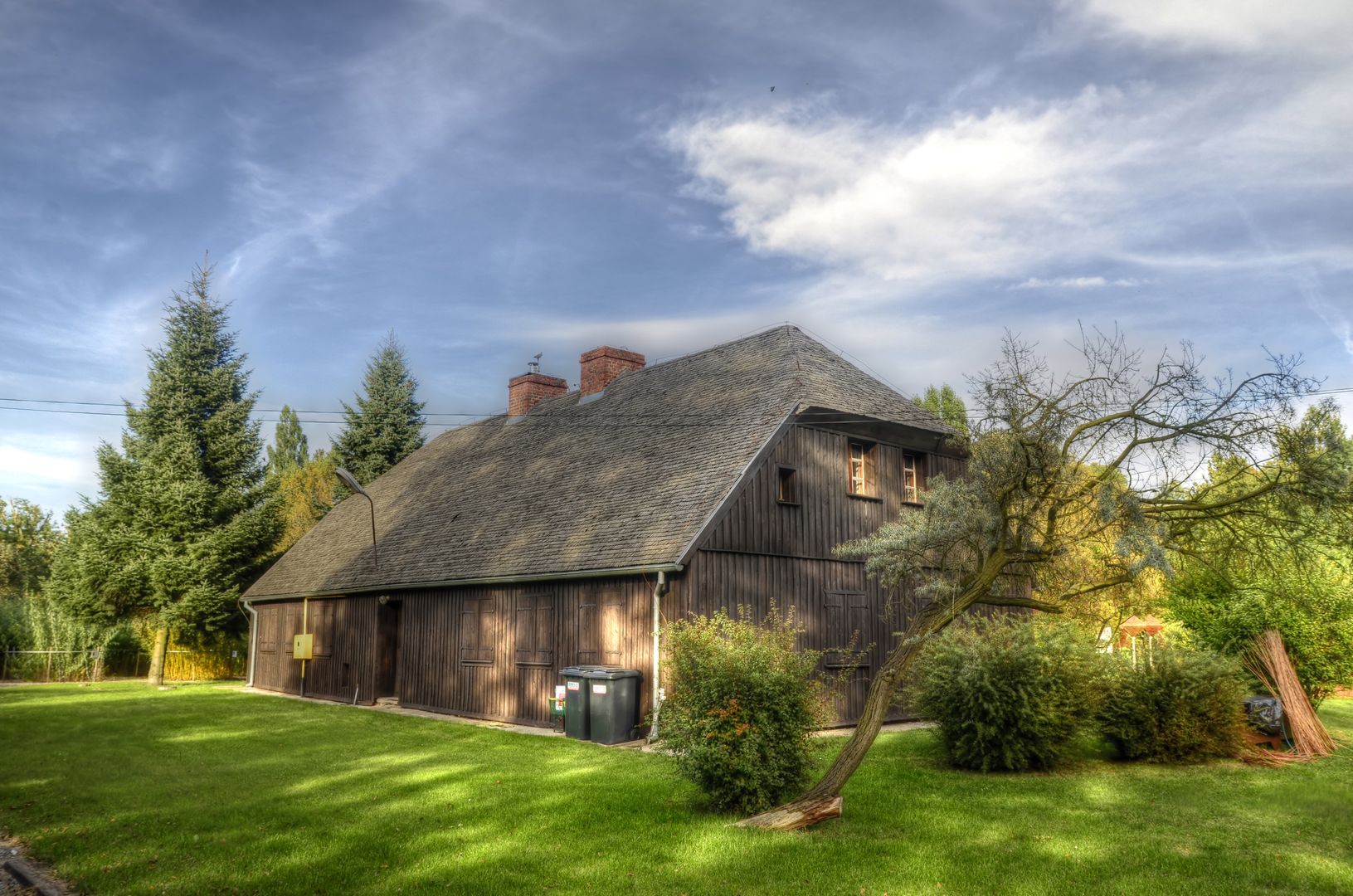Museum of Wickerwork and Hop Growing in Nowy Tomyśl
6.49

Overview
The Museum of Wickerwork and Hop Growing, established in May 1985 in the Culture and Recreation Park in Nowy Tomyśl, is a branch of the National Museum of Agriculture and Agri-Food Industry in Szreniawa. Its establishment is linked to the rich, over 200-year-old tradition of hop cultivation and wickerwork in the regions of Nowy Tomyśl, Miedzichów, and Trzciel. The museum's exhibition is housed in a historic cottage of an Olęder settler from the late 18th century, which was relocated and partially reconstructed, making it an architecturally significant element in its own right. The ground floor of the museum features exhibits related to wickerwork, ranging from prehistoric times, through findings from Biskupin, to contemporary products. It includes, among other things, the equipment of a wicker workshop and the history of the migration of American willow (Salix americana) to Europe. The attic hosts an exhibition dedicated to hop growing, including the diversity of hop varieties, cultivation methods, and their applications in the brewing, cosmetics, and pharmaceutical industries. The museum is enriched with a salicetum, where various varieties of wicker are displayed. In the reconstructed wooden Olęder barn, lectures, presentations, and wicker workshops are held, attracting craftsmen and enthusiasts of this art. An interesting fact is the organization, since 2001, of the National Wickerwork Plein Air events and basketry competitions, which contribute to the revitalization of culture related to wicker and hops and the promotion of the craft in Poland. Through its rich collections, educational and cultural activities, the museum plays a significant role in preserving local heritage and traditions.
Location
2025 Wizytor | All Rights Reserved